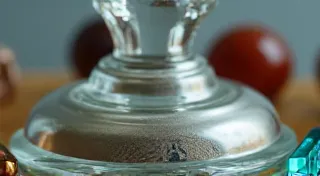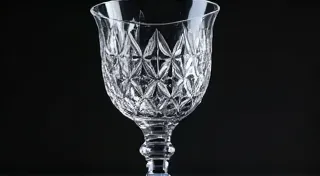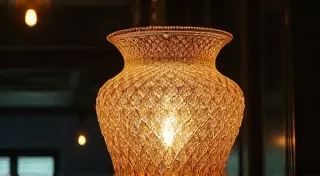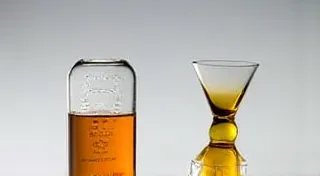Rare and Valuable Glassware Patterns: The Ultimate Collectors' List
Identifying antique glassware can be a fascinating and rewarding hobby. While many patterns are common and readily available, a select few are remarkably rare and command impressive prices among collectors. This guide explores some of the most sought-after glassware patterns, offering insight into what makes them valuable and how to recognize them.
What Makes a Glassware Pattern Valuable?
Several factors contribute to the rarity and value of antique glassware patterns. These include:
- Limited Production Run: Patterns produced for a short period or in small quantities are inherently scarcer.
- Factory Reputation: Glassware from renowned factories like Fenton, Cambridge Glass, and Mosser often holds higher value.
- Complexity of Design: Intricate cutting, hand-painted details, or unique manufacturing techniques can increase a pattern’s desirability. Understanding the difference between cut glass vs. pressed glass is often a crucial first step in appreciating the skill and artistry involved. The methods used to create pressed glass were constantly evolving, reflecting both technological advancements and changing aesthetic preferences.
- Condition: As with any collectible, condition is paramount. Pieces with minimal damage and original labels (where applicable) are more valuable.
- Color: Certain colors, like amberina, vaseline (uranium glass), and specific shades of blue and green, are highly prized. The allure of Vaseline glass isn't just about its beauty; its faint glow under UV light sparks curiosity and adds to its mystique.
Top Rare and Valuable Glassware Patterns
Here's a curated list of rare glassware patterns that regularly attract collectors’ attention. Remember that pricing is highly variable based on condition, size, and specific piece. Identifying these patterns can be challenging, and sometimes requires deeper understanding of pressed glass. If you've just started to explore the world of antique glassware, decoding pressed glass can provide a fantastic foundation. The intricacies of pressed glass design often tell a story of the era, reflecting prevailing tastes in floral motifs, geometric patterns, and overall aesthetic sensibilities.
1. Cambridge Black Hawthorne
Cambridge Black Hawthorne is considered one of the most desirable and difficult-to-find Cambridge patterns. The dark, lustrous black glass, combined with the intricate hawthorn branch design, makes it exceptionally beautiful. Complete sets are extremely rare. It’s a testament to Cambridge Glass’s artistry that even relatively common patterns can still hold significant value, but the Black Hawthorne is truly exceptional. The popularity of Cambridge Glass underscores the enduring appeal of American craftsmanship and the desire for unique and artistic pieces in the home.
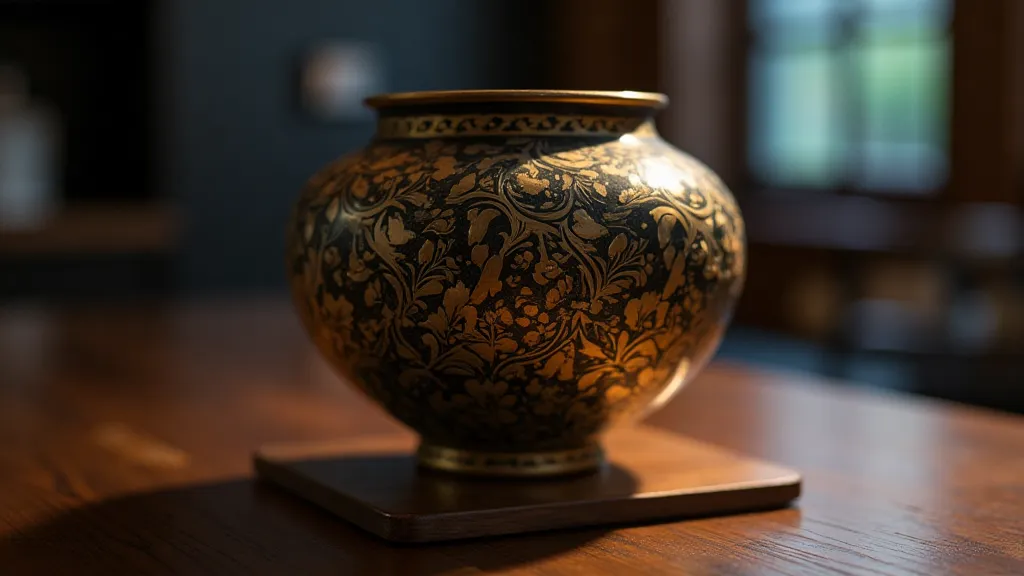
2. Fenton Amberina
Amberina is a truly exceptional color produced by Fenton Art Glass. It’s a swirling mix of red, orange, and yellow, appearing different depending on the lighting. Due to the complexities and instability of the process, Amberina was only produced for a relatively short time, making it highly sought after. The process of creating Amberina required a deep understanding of glass chemistry and technique; it wasn’s a casual production. It is extremely rare to find large pieces in good condition. The color itself is almost hypnotic, a testament to the skill and artistry of Fenton’s glassmakers. Many collectors are drawn to Fenton pieces not just for their rarity, but for the stories embedded within their unique coloration.
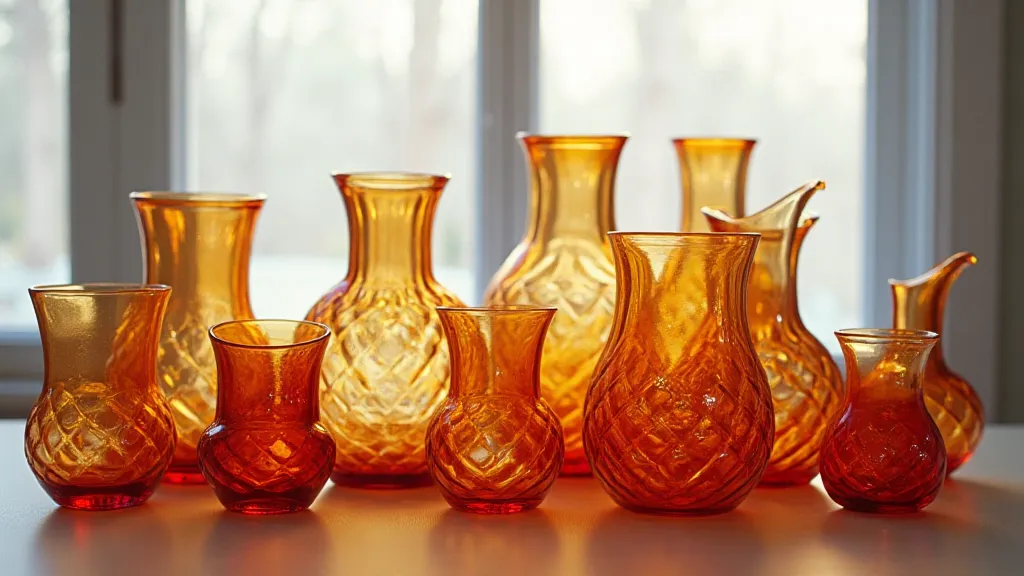
3. Mosser Blue Rose
Mosser Glass’s Blue Rose pattern is another gem. Its delicate rose design, rendered in a vibrant blue, is captivating. The combination of color and design, along with Mosser’s reputation for quality, contributes to its value. The rarity is amplified by the fact that it was only produced for a limited time. The popularity of floral motifs in antique glassware highlights a broader cultural fascination with nature and beauty during that era. Examining the design elements of a pattern like Blue Rose demonstrates the care and attention devoted to creating pieces that resonate with a sense of natural elegance.
4. Durand Green Burmese
Durand Green Burmese glass, known for its unique swirled appearance, is increasingly sought after. While Durand produced many lovely patterns, the Burmese variation stands out for its distinctive aesthetic and relative scarcity. The swirling effect is created through a specific manufacturing process that was difficult to control, contributing to its limited production. The challenge of consistently producing Burmese glass speaks volumes about the dedication and expertise required of Durand’s artisans.
5. Tiffin Calendaria
Tiffin Calendaria is a stunning pattern featuring a floral motif with a raised calendula flower design. Its intricate detail and the complexity of the manufacturing process make it a rare and desirable piece. The Calendula flower itself symbolizes warmth and joy, which likely resonated with buyers at the time. The visual richness of Calendaria showcases the ambition and skill of Tiffin’s design team.
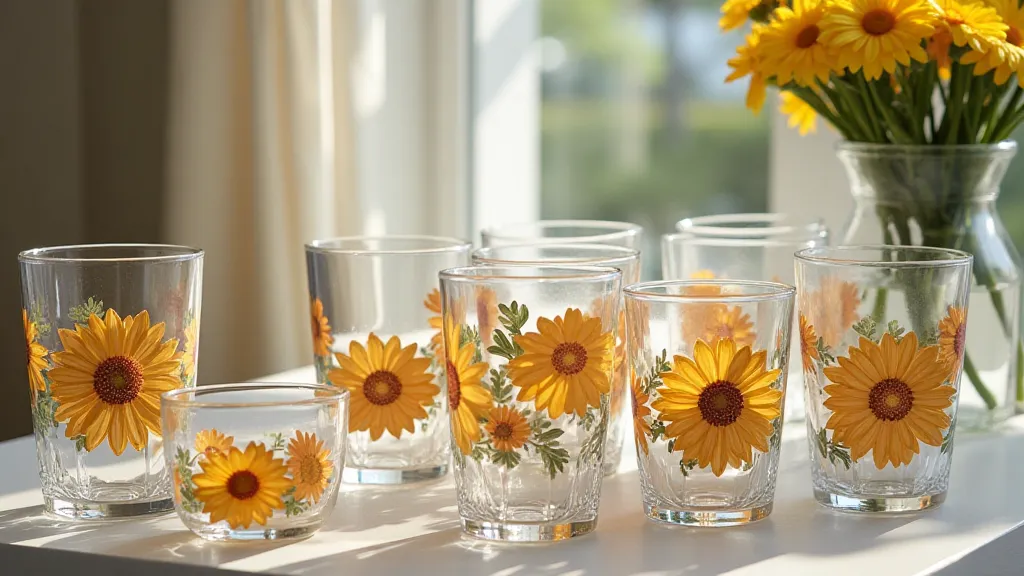
Identifying and Authenticating Rare Patterns
Proper identification is crucial. Look for factory marks (though these are often worn or missing). Research historical records, catalogues, and consult with experienced collectors or appraisers. Joining antique glassware collecting forums can also be invaluable. Some patterns seem to evoke a sense of nostalgia and connection to the past – perhaps hinting at a larger cultural phenomenon of memory and sentimentality. This is an area that researchers have explored extensively, as seen in fascinating studies like "The Phantom Bloom: Victorian Glassware and the Cult of Memory." This article delves into the Victorian era’s obsession with floral motifs and their symbolic meanings. Understanding the Victorian period's influence is key to appreciating the design choices present in many antique glassware patterns, often reflecting a broader cultural fascination with beauty, nature, and symbolism.
Beyond Identification: The Stories Behind the Glass
Collecting antique glassware is more than just accumulating beautiful objects; it’s about connecting with history and understanding the craftsmanship of a bygone era. Each piece carries a story—the story of the factory workers who shaped it, the families who used it, and the times it reflected. Knowing about Victorian practices, for example, helps us appreciate the deeper significance of certain patterns and colorations. The stories intertwined with these objects can reveal insights into the social and economic landscape of the time, offering a window into the lives of those who created and used them.
Expanding Your Knowledge: Further Resources
The world of antique glassware is vast and ever-evolving. Continuous learning is key to becoming a knowledgeable collector. Here are a few more avenues to explore:
- Specialized Auctions: Major auction houses often hold sales dedicated to antique glassware. These are excellent opportunities to see rare pieces firsthand and learn from experts.
- Collector’s Clubs: Joining a local or national collector’s club provides access to a supportive community of enthusiasts, workshops, and lectures.
- Online Forums and Databases: Numerous online resources offer pattern identification tools, historical information, and collector forums.
- Museum Collections: Visiting museums with significant glass collections can provide valuable insights into the history and evolution of glassware patterns.
Victorian Glassworking Techniques and Their Impact
The Victorian era (roughly 1837-1901) witnessed remarkable advancements in glassmaking technology. The introduction of blowpipes and improved furnaces allowed for greater control over the glassblowing process, enabling more intricate designs and consistent production. The development of pressed glass manufacturing, a significant innovation of the mid-19th century, revolutionized the industry, allowing for the mass production of decorative glassware. This new efficiency meant that previously exclusive, hand-blown pieces became accessible to a broader market, democratizing elegance in the home. The desire for ornamentation in Victorian design, reflecting a culture valuing beauty and refinement, directly fueled the demand for increasingly elaborate glassware. These advancements also gave rise to characteristic aesthetic traits found in much antique glassware, such as the prevalence of floral motifs, complex geometric patterns, and the use of colored glass to create a sense of luxury and sophistication.
Color and its Significance in Antique Glassware
The colors of antique glassware are often more than just visually appealing; they carry historical significance and reflect the technological advancements of the time. Vaseline glass, with its characteristic green hue due to the presence of uranium, was once believed to have therapeutic properties and gained popularity for its subtle glow under blacklight. Amberina, the coveted color from Fenton, resulted from a complex and unstable chemical process, making it exceptionally rare. The use of various metal oxides, such as cobalt for blue glass and gold for ruby-red glass, provided a spectrum of options for glassmakers to create unique and visually stunning pieces. Understanding the chemical composition and production techniques associated with these colors can significantly enhance a collector’s appreciation for the artistry and ingenuity of antique glassware.
Preserving Your Antique Glassware Collection
Proper care and storage are essential to preserving the beauty and value of your antique glassware collection. Avoid exposing your pieces to extreme temperatures, direct sunlight, or harsh chemicals. Gentle cleaning with mild soap and water is typically sufficient. For particularly delicate or valuable pieces, consider professional cleaning by a conservator. Storing your glassware in padded containers and avoiding stacking can prevent damage. Regularly inspecting your collection for signs of wear or damage allows for early intervention and helps ensure the long-term preservation of your treasured pieces.
Conclusion
Collecting antique glassware is a journey of discovery. While finding truly rare and valuable patterns requires patience, dedication, and a keen eye, the rewards are substantial. Happy hunting! The subtle variations in color and design are often what separate the common pieces from the truly exceptional, rewarding the collector who takes the time to examine them closely.

